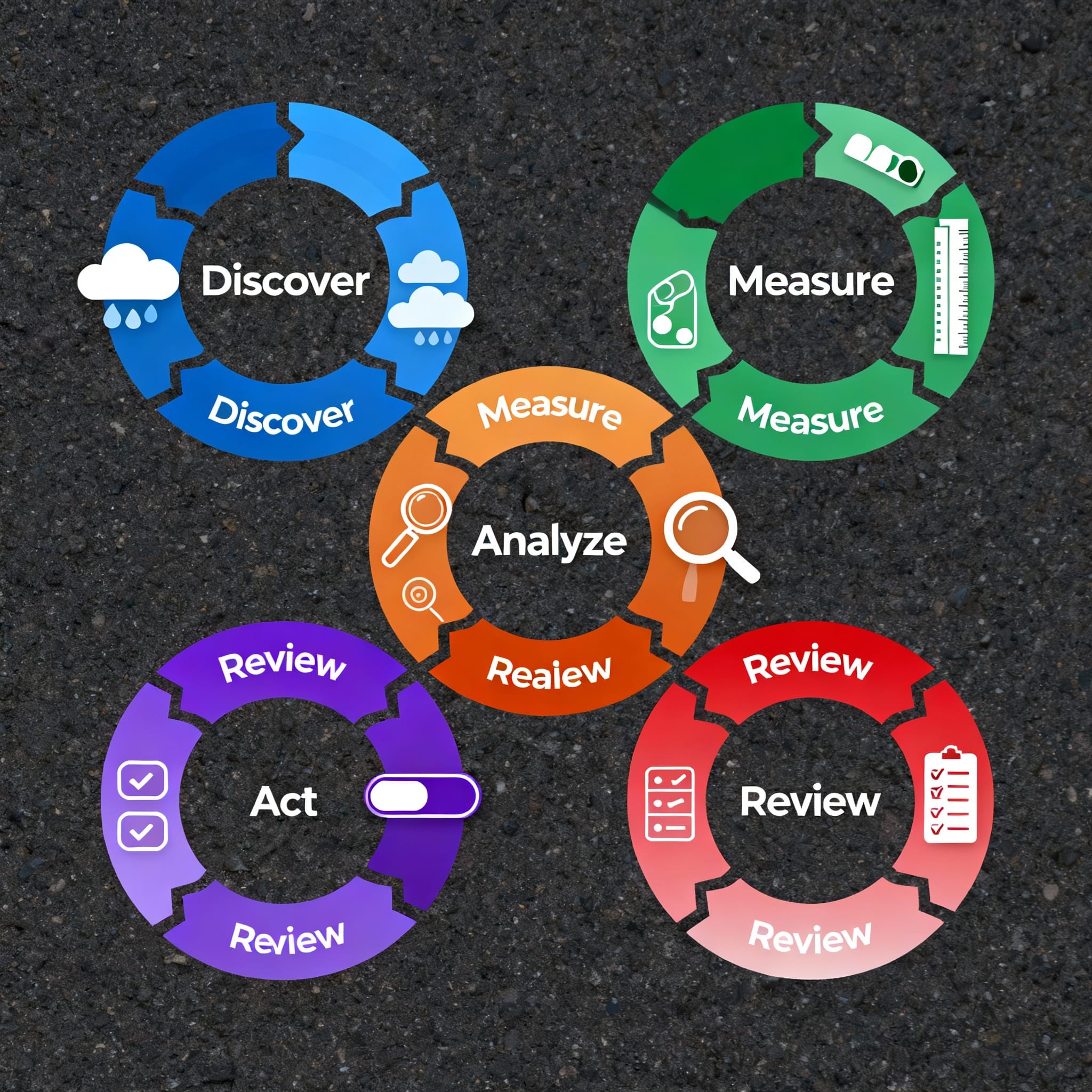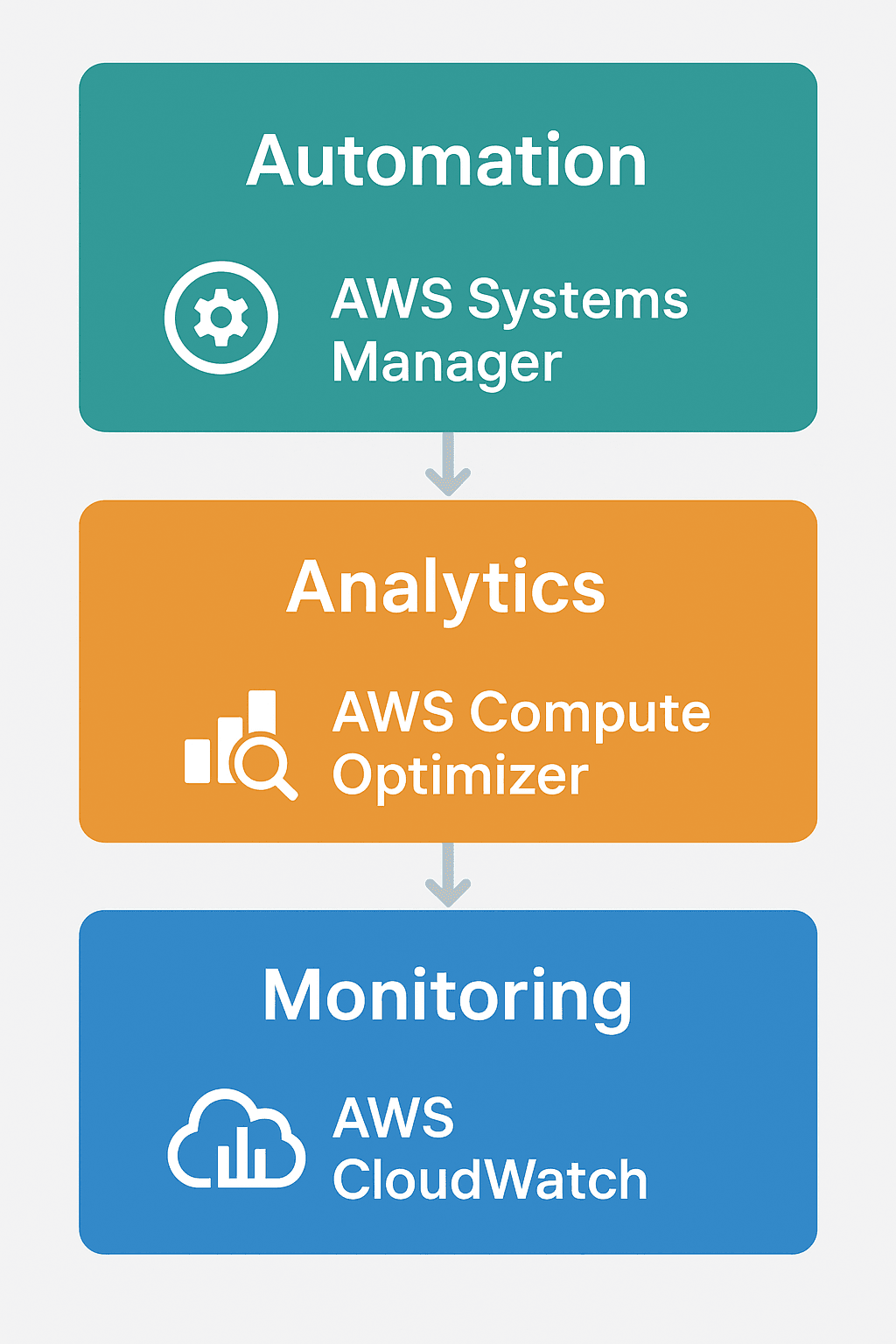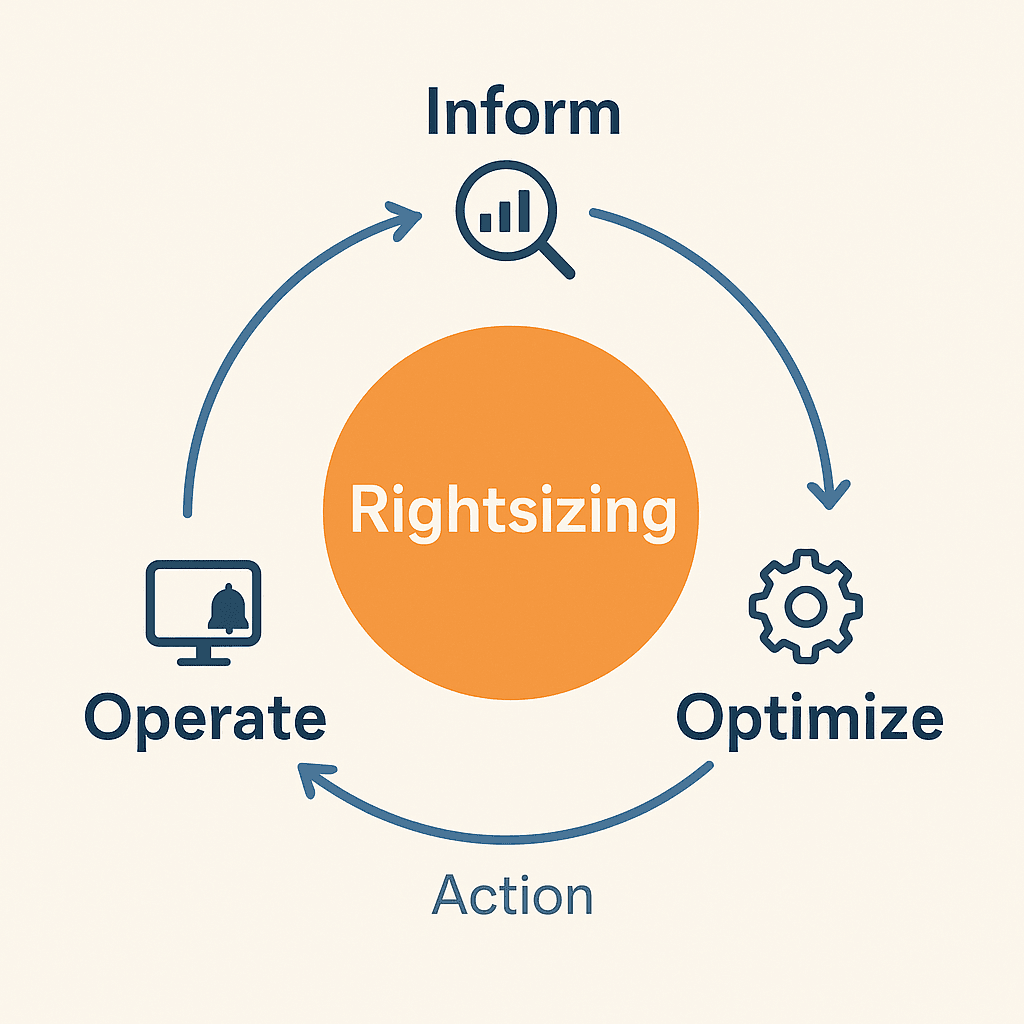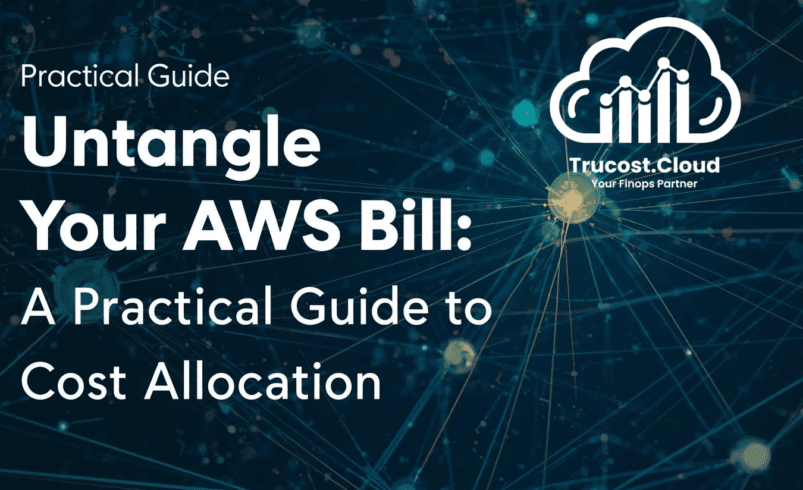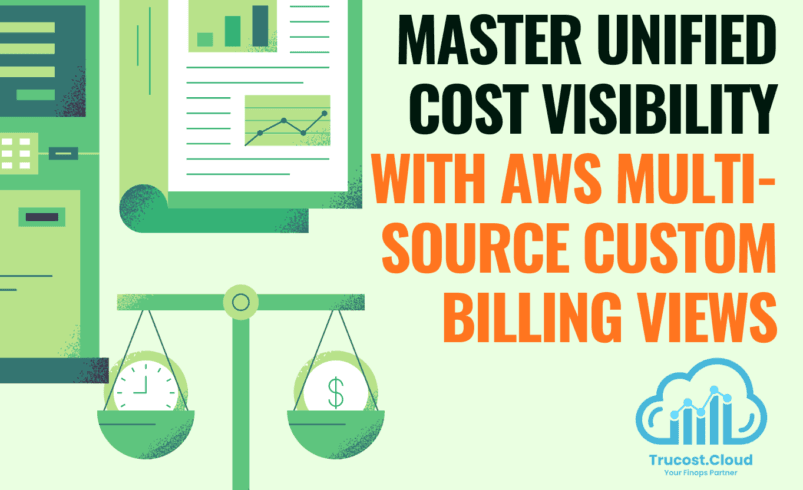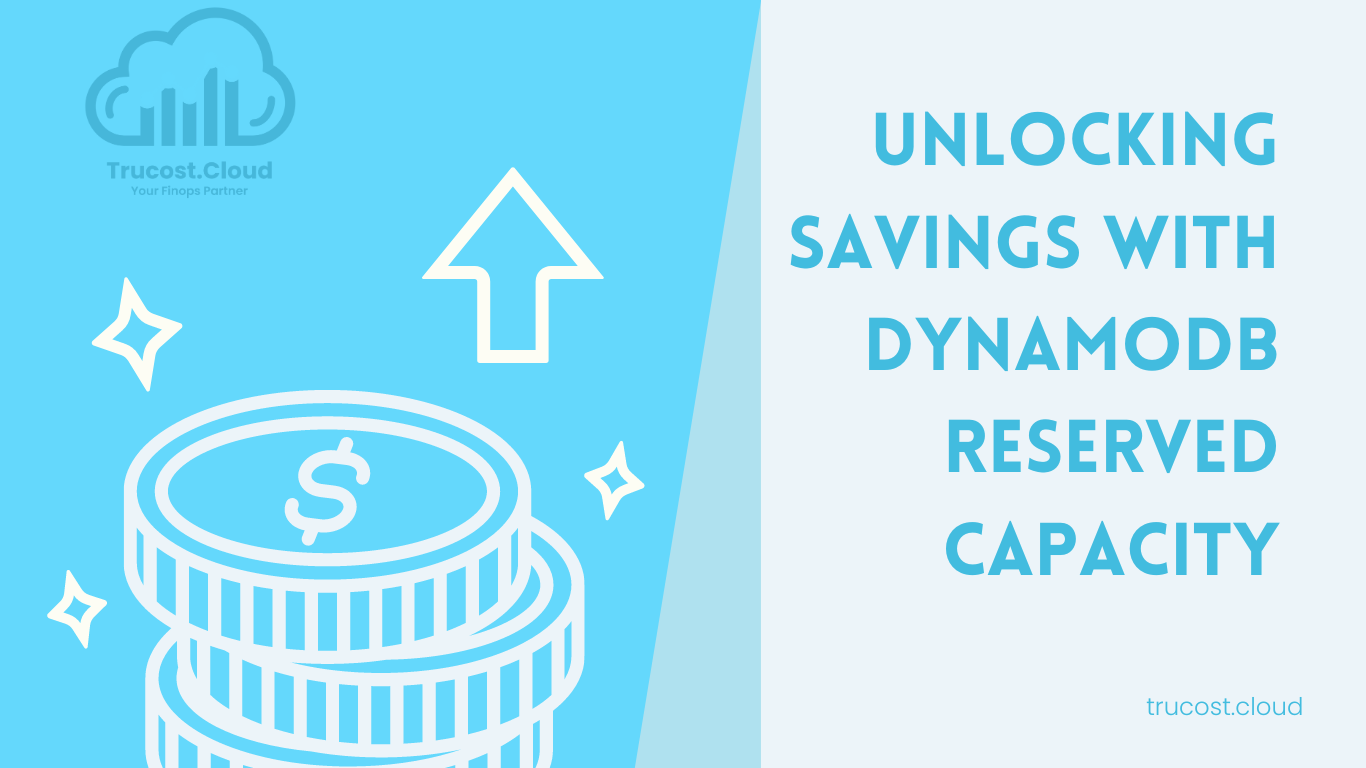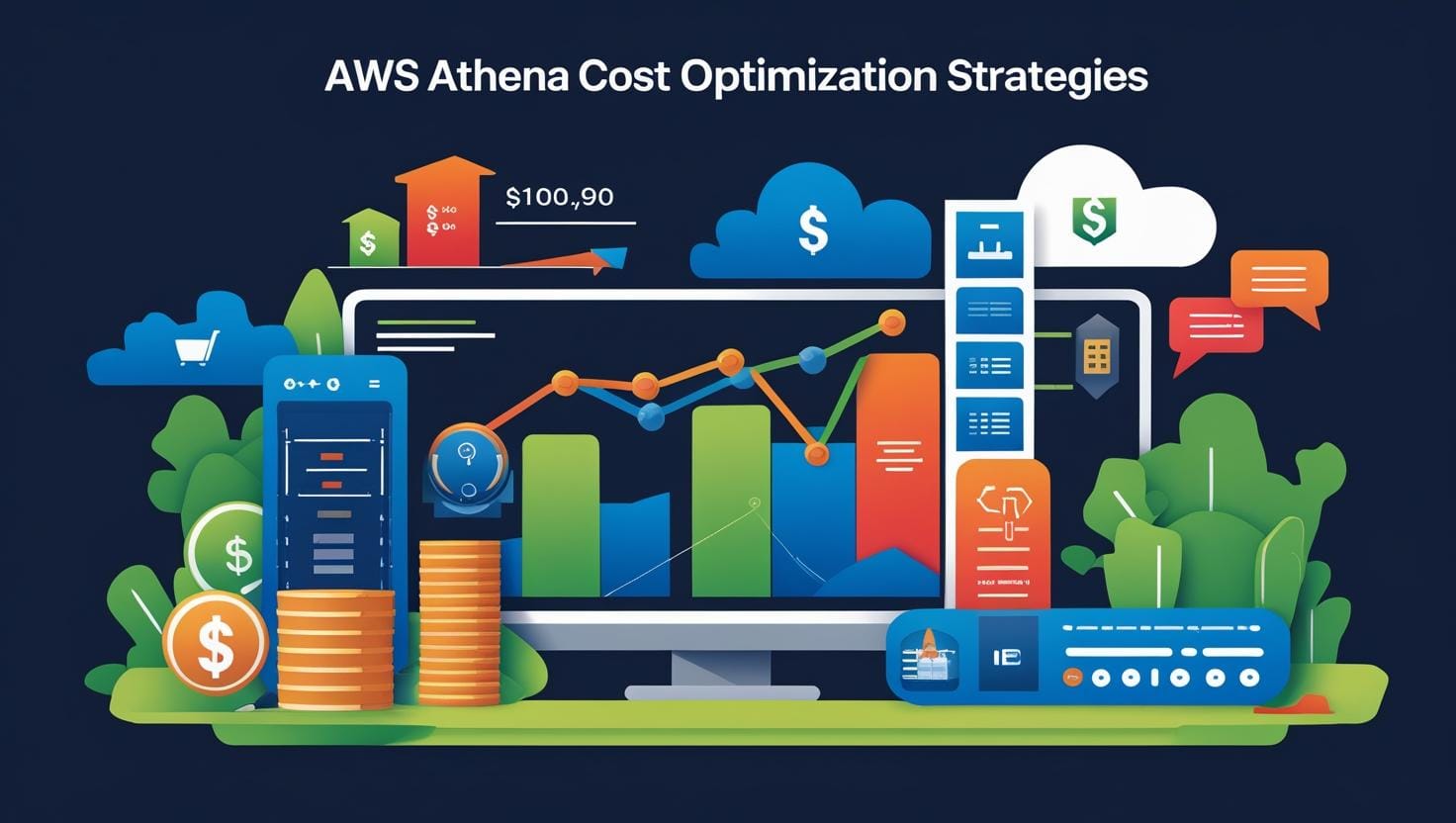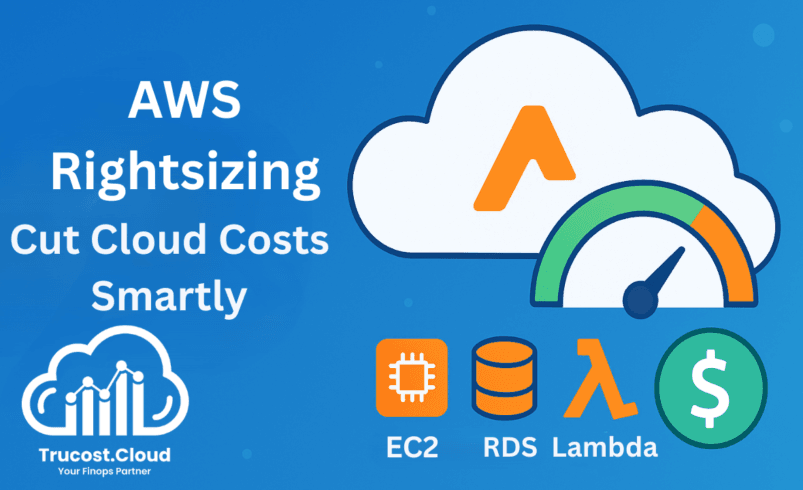
Mastering Rightsizing in AWS Cost Optimization: The Smart Way to Cut Cloud Waste
Introduction: The Hidden Cost of Overprovisioning
In the dynamic world of cloud computing, flexibility is both a blessing and a curse. While AWS allows you to scale resources on demand, many organizations unknowingly overprovision compute, storage, and database capacity, leading to silent cost inflation.
This “cloud waste” often accounts for 30–40% of total spend—money tied up in underutilized resources. The answer lies in rightsizing—a systematic approach to matching resource capacity with actual workload demand.
At TruCost.Cloud, we view rightsizing as the cornerstone of AWS cost optimization, blending FinOps strategy with engineering precision.
What Is Rightsizing in AWS?
Rightsizing means analyzing usage patterns and adjusting resource configurations—instance types, sizes, and counts—to achieve optimal performance at minimal cost.
Think of it as choosing the right vehicle for your journey: a compact car for daily commuting, not a heavy truck.
A properly rightsized environment avoids:
- Overprovisioning: paying for unused capacity
- Underprovisioning: performance degradation during peak demand
Goal: Maintain performance SLAs while reducing operational costs.
The Rightsizing Lifecycle
Rightsizing is not a one-off exercise—it’s a continuous optimization loop aligned with your FinOps practice.
Stage | Description | Key Tools |
Discover | Identify running resources across accounts | AWS Config, Resource Explorer |
Measure | Collect utilization metrics (CPU, memory, I/O) | CloudWatch |
Analyze | Compare performance vs. provisioning | Compute Optimizer, Cost Explorer |
Act | Resize, stop, or terminate | Console, CLI, Systems Manager |
Review | Reassess bi-weekly or monthly | Budgets, Anomaly Detection |
Key Targets for Rightsizing
1. EC2 Instances
- Metrics: CPUUtilization, NetworkIn/Out, and custom MemoryUtilization.
- Identify underutilized (CPU < 40%, Memory < 60%) or idle (<5% for >7 days).
- Actions:
- Resize to smaller instance type (e.g., m5.xlarge → m5.large).
- Switch to Burstable (T-series) or Graviton (t4g) for dev/test workloads.
- Replace On-Demand with Savings Plans or Spot Instances.
2. Amazon RDS
- Metrics: CPUUtilization, FreeableMemory, ReadIOPS, WriteIOPS.
- Right-size DB instance class or use Aurora Serverless v2 for variable workloads.
- Enable storage auto-scaling and use Multi-AZ only where required.
3.EBS Volumes
- Delete unattached volumes regularly.
- Switch from gp2 to gp3 for 20% lower cost and better baseline performance.
- Use lifecycle policies to manage snapshot cleanup.
4. AWS Lambda
- Optimize memory allocation, which scales CPU proportionally.
- Use AWS Lambda Power Tuning (open-source Step Function) to find optimal settings.
- Identify over-configured functions by analyzing Duration and BilledDuration metrics.
Identifying Underutilized Resources
To find rightsizing candidates, rely on both metrics and trends—not snapshots in time.
Key Metrics
Metric | Service | Insight |
CPUUtilization | EC2, RDS | Primary performance indicator |
MemoryUtilization | EC2, Lambda | Detects over/under allocation |
NetworkIn/Out | EC2, EKS | Reveals workload intensity |
ReadIOPS / WriteIOPS | EBS, RDS | Identifies I/O bottlenecks |
Example Athena Query
Use AWS Cost and Usage Reports (CUR) or custom metrics tables to find EC2s that can be downsized:
SELECT
instance_id,
AVG(cpu_utilization) AS avg_cpu,
AVG(memory_utilization) AS avg_memory,
instance_type,
account_id,
region
FROM ec2_metrics_daily
WHERE usage_date >= date_add(‘day’, -14, current_date)
GROUP BY instance_id, instance_type, account_id, region
HAVING avg_cpu < 40 AND avg_memory < 60;
This query surfaces underutilized EC2 instances over a two-week window.
AWS Tools for Rightsizing
Tool | Functionality |
AI-driven rightsizing recommendations for EC2, EBS, Lambda, and Auto Scaling Groups | |
Historical spend analysis and rightsizing insights | |
Quick underutilization checks | |
Automate instance resizing and start/stop | |
Track post-rightsizing impact and unexpected cost changes |
Automating Rightsizing with Lambda
Manual reviews are valuable, but automation ensures continuity.
Here’s a sample approach:
1. Use AWS Compute Optimizer API to fetch recommendations.
2. Filter resources tagged with AutoRightsize=True.
3. Stop instance → modify instance type → restart.
4. Log actions in DynamoDB for audit.
5. Notify via SNS or Slack.
This pattern can reduce idle compute costs by up to 30–50% automatically.
Best Practices for Effective Rightsizing
✅ Collect baseline data for at least 14–30 days before acting.
✅ Downsize gradually, e.g., from xlarge → large → medium.
✅ Test application performance post-change using load tests.
✅ Schedule changes during maintenance windows.
✅ Combine with Savings Plans for maximum benefit.
✅ Tag resized resources (Resized:2025-10-06) for tracking.
Pro Tip: Integrate rightsizing reports into QuickSight dashboards or Athena queries for weekly visibility.
Sample Cost Savings Scenarios
Resource Type | Current Configuration | Suggested Configuration | Monthly Cost | Estimated Savings |
t3.xlarge (4 vCPU, 16 GB) | t3.medium (2 vCPU, 4 GB) | $81.60 → $33.60 | 58.8% | |
r5.large (2 vCPU, 16 GB) | r5.medium (2 vCPU, 8 GB) | $67.00 → $33.50 | 50% | |
gp2 200 GB | gp3 200 GB | $20 → $16 | 20% | |
1024 MB memory | 512 MB memory | $10 → $5 | 50% |
A rightsizing campaign across EC2, RDS, and Lambda typically yields 30–45% savings in the first quarter.
Advanced Strategies
Predictive Rightsizing
Use AWS Forecast or ML models trained on CloudWatch data to anticipate demand spikes.
Rightsizing + Auto Scaling
Combine Auto Scaling Groups with rightsized instance types for dynamic elasticity.
Cross-Account Optimization
Aggregate data with AWS Organizations + Athena CUR for enterprise-level rightsizing.
Container & Serverless Workloads
Adjust vCPU/memory limits in ECS/EKS task definitions and monitor Lambda’s billed duration.
Continuous Optimization & FinOps Alignment
Rightsizing sits at the intersection of engineering efficiency and financial accountability—the essence of FinOps.
At TruCost.Cloud, we integrate rightsizing into your FinOps lifecycle:
1. Inform: Visibility into utilization & cost drivers
2. Optimize: Execute rightsizing + automation
3. Operate: Continuously monitor savings & performance
KPIs to monitor:
- % of underutilized resources reduced
- Monthly savings from rightsizing
- Performance incidents post-resizing
TruCost.Cloud’s Rightsizing Approach
TruCost.Cloud provides automated rightsizing workflows powered by:
- Athena-based analytics for utilization insights
- Lambda automation for scheduled resizing
- QuickSight dashboards for visual reporting
- FinOps best-practice governance and alerts
By combining data-driven recommendations with automated execution, our clients routinely save 35–50% on compute and database spend—without compromising performance.
Conclusion: Make Every Instance Count
Rightsizing isn’t just about cutting costs—it’s about running smarter, leaner, and greener in the cloud.
Whether you manage 10 or 10,000 instances, continuous rightsizing ensures every dollar delivers measurable value.
At TruCost.Cloud, we help organizations automate rightsizing and achieve measurable cost efficiency using FinOps-driven insights.
Start your optimization journey today at www.TruCost.Cloud.
AWS Rightsizing — Frequently Asked Questions
1. What is AWS rightsizing and why is it important?
AWS rightsizing is the process of adjusting your cloud resources—such as EC2, RDS, and Lambda—to the optimal size based on performance and utilization data. It helps eliminate over-provisioning, reduces idle capacity, and lowers AWS costs without impacting performance. For most organizations, rightsizing alone can reduce monthly bills by 30–45%.
2. How often should I perform rightsizing in AWS?
Ideally, rightsizing should be part of a monthly FinOps review. However, during dynamic workload changes or migrations, you can perform it weekly. AWS Compute Optimizer and CloudWatch make it easy to automate these checks and receive recommendations continuously.
3. What tools can I use for AWS rightsizing?
Key AWS-native tools for rightsizing include:
- AWS Compute Optimizer – Provides machine learning–based sizing recommendations.
- AWS Cost Optimization Hub – Helps identify high-cost or low-utilization resources.
- Amazon CloudWatch – Tracks CPU, memory, and I/O performance metrics.
- AWS Trusted Advisor – Flags underutilized EC2 instances and idle load balancers.
- Athena or QuickSight – For custom cost visibility and trend analysis.
4. How do I rightsize EC2 instances effectively?
Start by analyzing CPU and memory utilization over a two-week baseline period using CloudWatch.
Then, use Compute Optimizer to compare current vs. recommended instance types.
Finally, implement changes during maintenance windows and validate with post-change monitoring.
5. Does AWS rightsizing affect performance?
When done correctly, rightsizing improves efficiency without degrading performance. The key is to monitor baseline utilization and always leave a 10–20% buffer for workload spikes. Tools like Auto Scaling can handle variable demand automatically.
6. How Can TruCost.Cloud help with AWS rightsizing?
TruCost.Cloud combines FinOps intelligence, automation, and AWS-native tools to deliver visible savings and sustainable cloud performance.
Our experts build data-driven cost optimization pipelines across EC2, RDS, EBS, and Lambda — ensuring measurable ROI and continuous savings.

